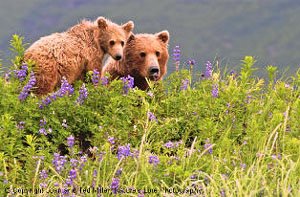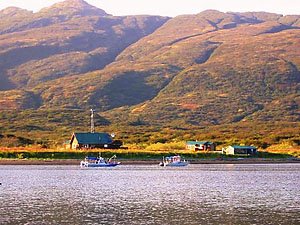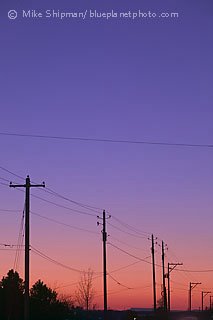Practical Exercise - Shovelglove
Once I moved into the world of Cubicle, somehow those memories of being lean and fit were scubbed away. Perhaps it was the result of being constantly bombarded by body-numbing CRT Rays that besides screwing up my eyesight turned my ass into a substance not unlike a buttered sticky bun, making it strongly adhere to any sort of seating device, restricting my ability to actually move around like an articulated being.
New Year's Resolutions are a hoax. Going to the gym is mostly impractical for many of us, especially those of us owning and operating businesses. Time is money, and the time it takes to drive to the gym and back detracts from the many hundreds of tasks we can think of that are more important. Getting fit, much less staying fit, has become an inconvenience in a world dominated by convenience. If fitness were as close to hand as the remote or the box of Mac and Cheese, we'd all be Olympic atheletes.
Mechanized weight-lifting machines dull the senses. Here's more convenience to assist you in your fitness quest. You don't have to use your brain to actually add up the weight like you do with free weights. Just move the pin up or down a couple notches ("How many notches are you up to today, Joe?"). Artificial movements on machines are impractical. How many times are you going to need to mule-kick anyone or crack a walnut behind your knee? I suppose if I needed to clap an unruly individual on the sides of the head with my elbows, the butterfly machine would help me get a really good Krang on them. And when I'm out in the woods and need to squat, I don't need the ability to hold several other people on my shoulders at the same time.
What's needed is to make fitness as practical and easy to achieve as it was in the "old days" when physical labor was an integral part of our daily activities, like building trails and walking transects.
Along comes Reinhard Engels and the Shovelglove. Using a simple instrument (a sledge hammer covered in a sweatshirt - read the site for the reason why) and a series of "useful movements", a person with enough room in their house or place of business can get the practical exercise they need. In the Era of Convenience, here's a way to harken back to the good old days for those of us trapped in the World of Cubicle. Useful Movements help you in everyday living with articulations like chopping wood, driving fence posts, stoking the ovens, and tucking the bales.
Hell, these movements can be done in front of the TV set, but are likely to encourage you to get your ass outside and actually do these things. I'm the first to admit we've gone soft. Hardly anyone gets outside to exercise anymore, much less just get outside. If it's not on TV, PSP, iPod or the internet it doesn't exist. And why get all worked up to go see it in person when we can sit on our sticky buns?
Try the Shovelglove approach. Read and heed the warnings. Get fit, practically.










